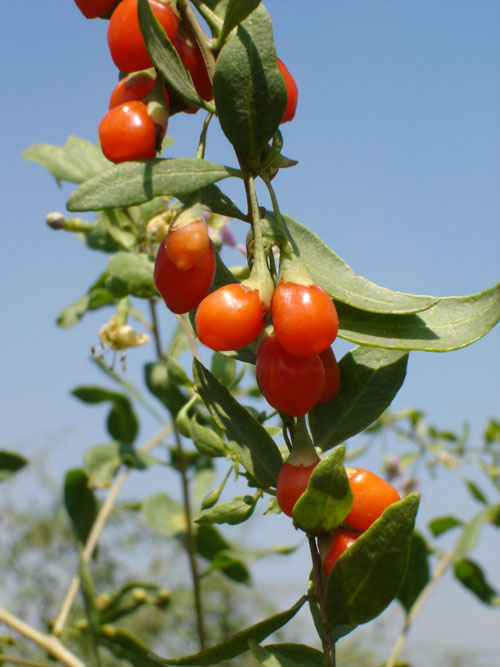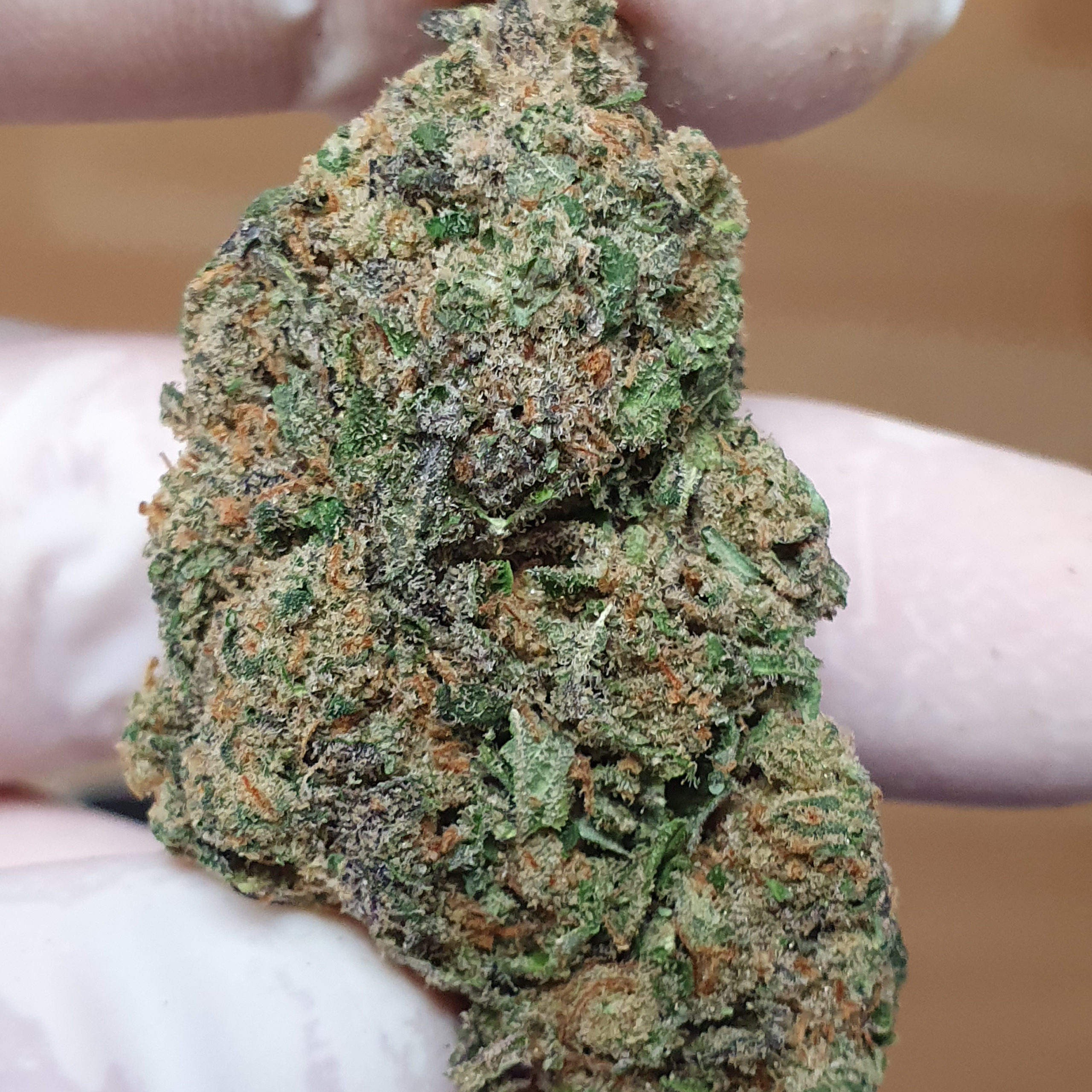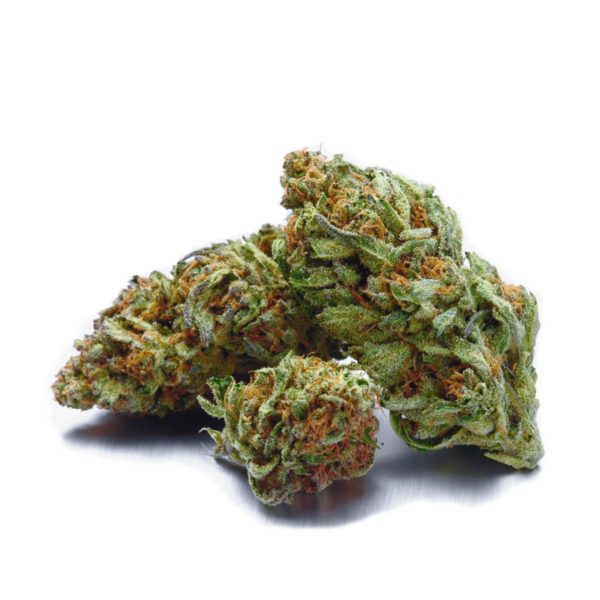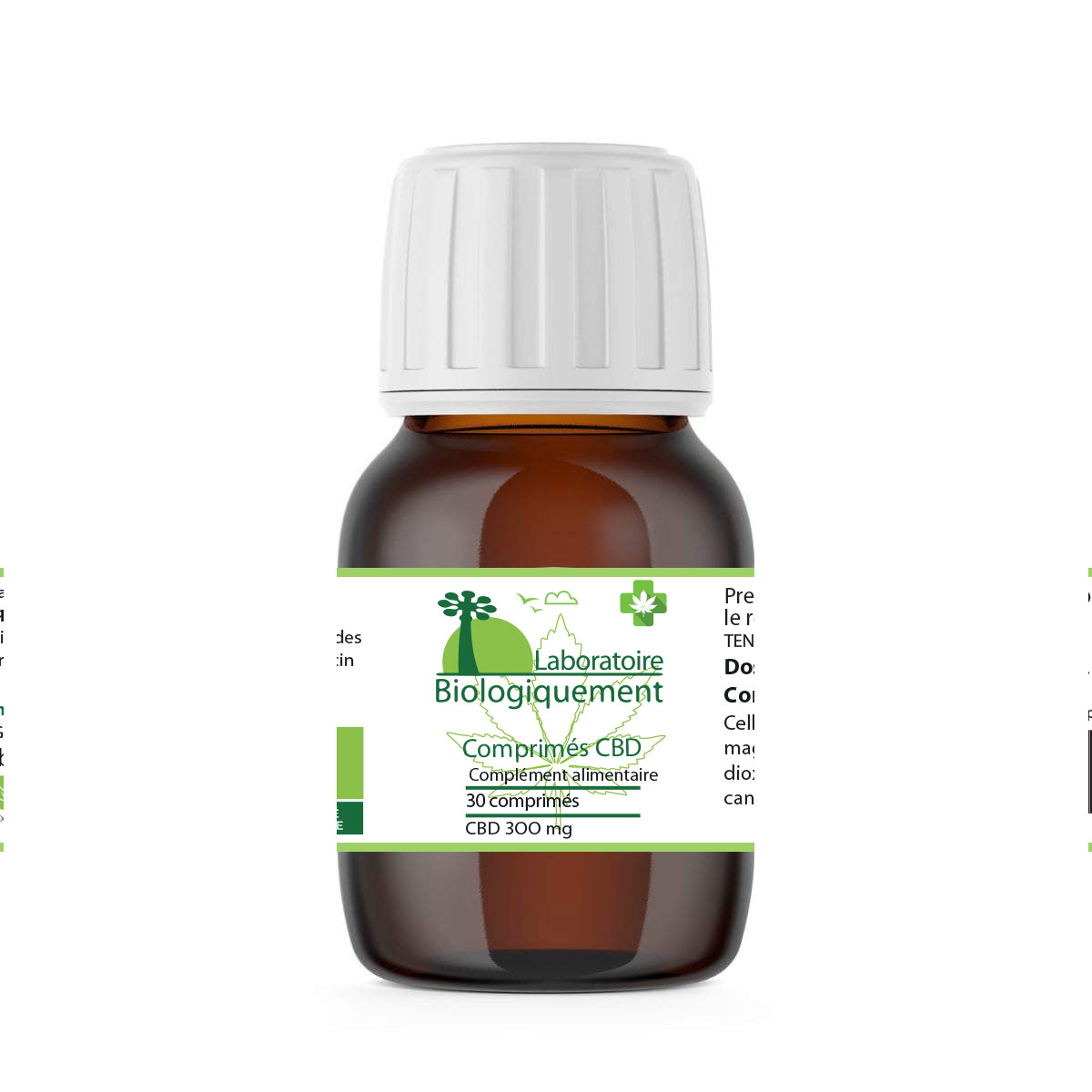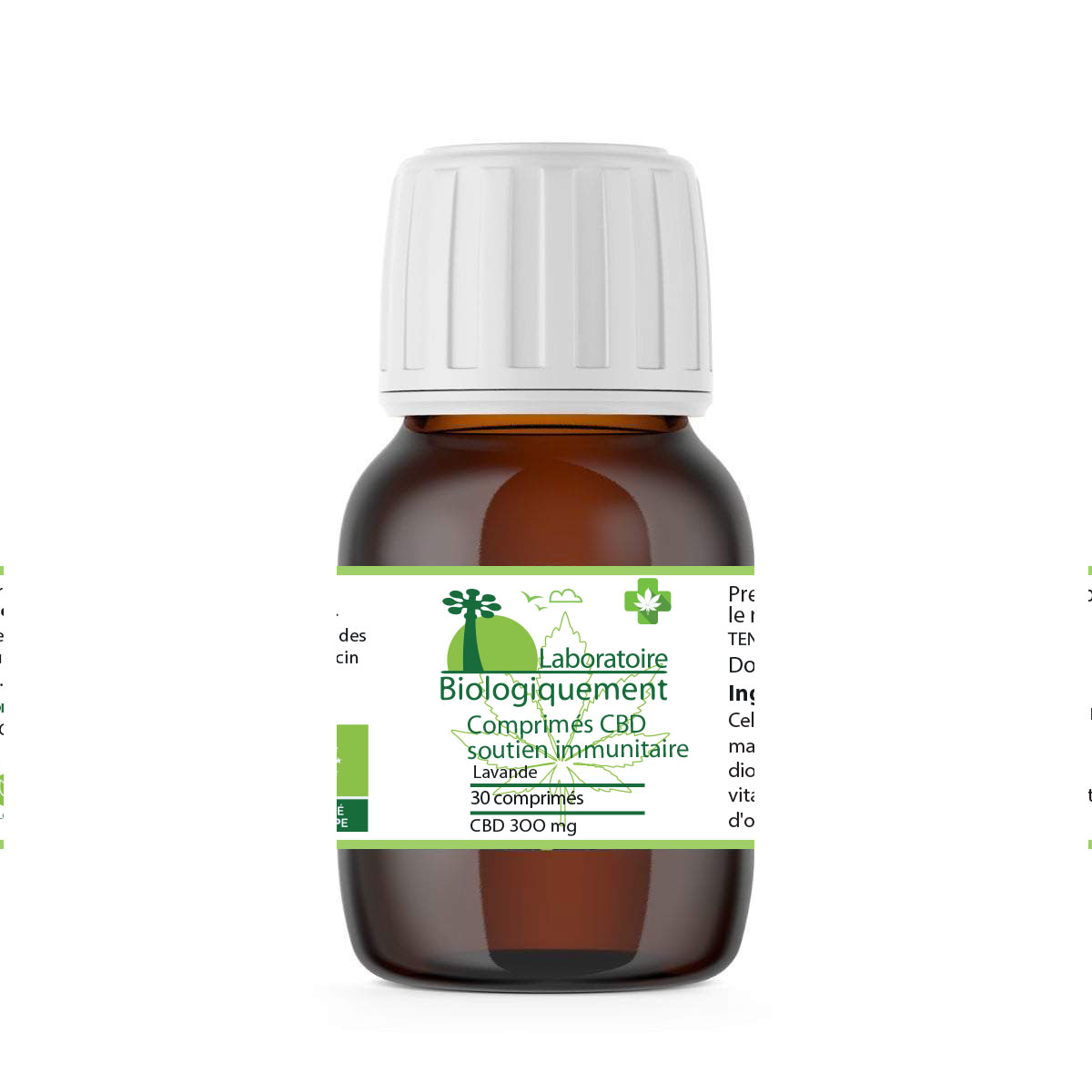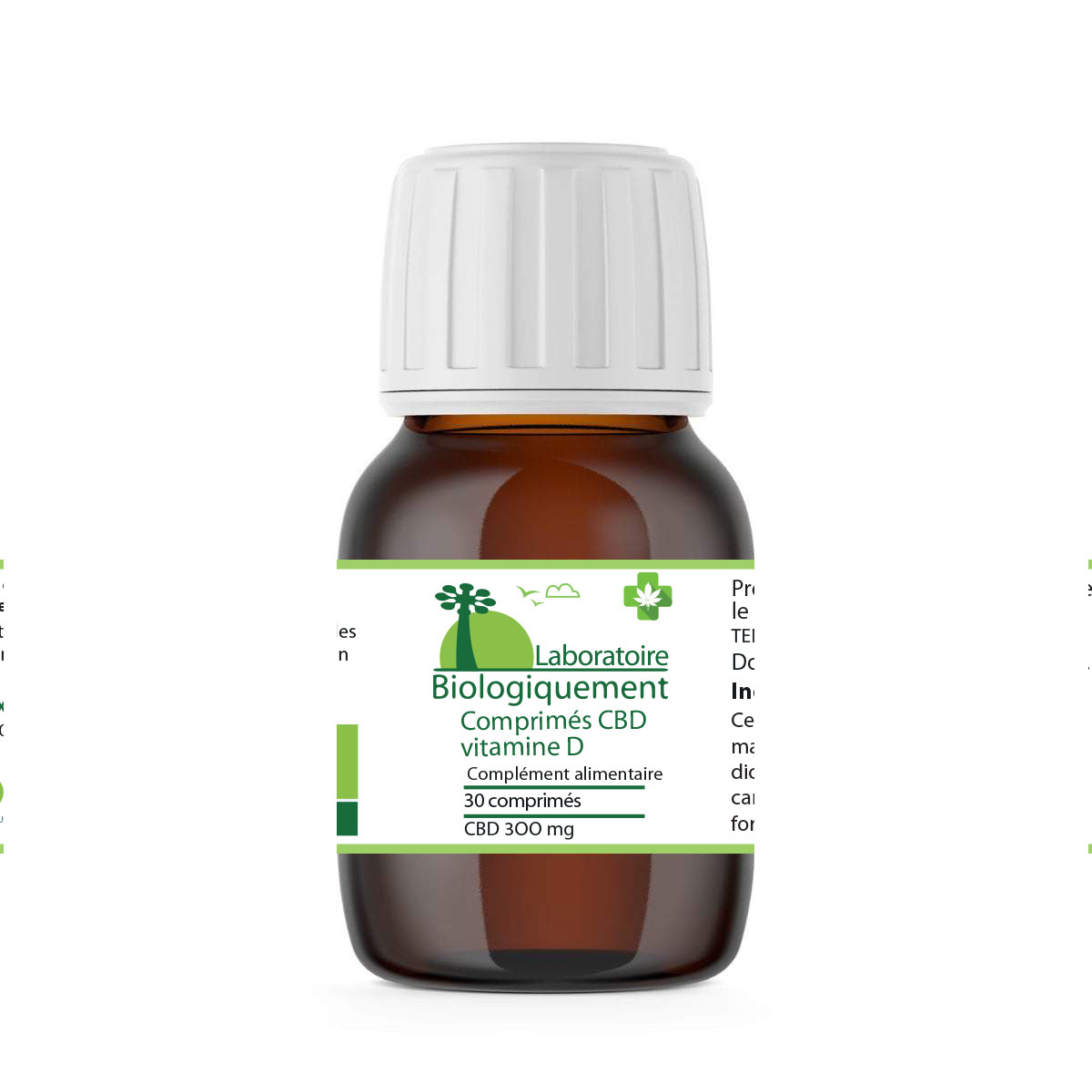It could come as a surprise to many that there are over forty one known types of Goji berries all around the world and most of these are grown in the east.
Some of the widest spread and most well known are Lyceum barbarum, Lyceum ferocissimum and Lyceum Chinese.
The different types of Goji berries
Lycii berry which is commonly known as Chinese Wolfberry by Chinese herbalists has been used as nutrient tonic for centuries. This bright red berry which is very chewy and tastes like raisins contain Beta-sitosterol, Betaine, Niacin, Beta-carotene, Ascorbic acid and Pyridoxine. It is also referred as cooling tonic.
Chinese Wolfberry belongs to the Solanaceae family which has also well known members like green pepper, tomato, potato and eggplant. It is also known as Chinese boxthorn or matrimony vine. This variety is very much related to Lycium barbarum and is mainly found in the Chinese province of Hebei.
As for Lycium barbarus, it is mainly grown in the orient such as Tibet and Inner Mongolia and also in the area which is popularly known as the Goji belt. There are many provinces of China where it grows in the wild and is concerned very sacred. The Goji belt contains Ningxia (China) which is perhaps the most conducive place for Goji berries to grow mainly because its soil is alkaline as well as very fertile. Here the temperatures vary from one extreme to another and that results in the best and the largest Goji berries. You would find the Goji fruits turning deep red having just a few seeds and very sweet in taste.
There seems to be some correlation between harsh climates and the level of antioxidants present in the berries. For example the blueberries found in the harsh climate of Alaska have the highest antioxidants amongst all the blueberries found in the U.S. Studies found out that when a plant has all he nutrients that is required to be healthy it requires much more substances to help protect it from harsh climate.
Ningxia has seen Goji berry cultivation for more than five hundred years. There is no dearth of stories and legends woven around Goji berries. For example, Nanqui, a town in Ningxia province was given the title of Long Life Village by the emperor because there were many who were well passed the age of hundred residing there.
At the foot of the Tianshan Mountains you would find Xinjiang. This area also experiences harsh climate and also boasts of Goji berries of the same high quality as Ningxia. Other such areas in the Goji belt are Gansu, Hebei, Qinghai and Shanxi. These provinces are all found along the mountain ranges in the Goji belt. And yes, Tibetans also claim that their Goji berries are amongst the best. The same goes with Inner Mongolia, Korea and Japan where Goji berries are harvested and considered very valuable.
If you visit Ningxia in China you would be surprised with the general health of residents there. It is almost a legend here. It was proved with the Chinese national census that the number of residents of Ningxia who have crossed 100 years of age is about four hundred percent higher than the national average. And if you ask anyone here, they would tell you that the secret lies in wolfberries.
People living in China especially Ningxia have kept Goji berries as a part of daily life. For a person in Ningxia, the day starts with a bowl of fresh Goji berries. It is the same for generations and for the generation of today also Goji berries are a part of national treasure.
If you read ancient books of Chinese culture, you would find that there were basically three valued tonics for health and life-ling tzi, ginseng and Goji berries (wolfberries). They believed that wolfberries actually nourished the yin, supported the liver and kidneys, supported the blood, strengthen the eyes, muscles and bones and did wonders for Chi, the life force.
It was seen that consumption of wolfberries actually prevented the occurrence of diseases like cancer, arthritis and diabetes and also worked as anti-aging tonic. People in China believe it strongly that wolfberries could increase your life span considerably if you take these for extended period of time.
There are ample reasons behind these suppositions and none of these beliefs are mere conjectures. There are scientific facts behind it. Chinese wolfberry has over twenty one trace minerals, more beta carotene than is found in carrots, over eighteen amino acids and over five hundred times more vitamin C by weight than oranges. What is more, it also contains vitamin B1, B6 and Vitamin E and that too in good quantities. It is by far the more nutritionally dense edible substance found on the earth. And there is no reason why you should not give it a try.

Un avis consommateur, ou avis client, désigne un élément d’appréciations et commentaires donnés par les acheteurs sur un produit ou un service, que ce soit sur un critère particulier ou la globalité de l’offre. Ces opinions reflètent le niveau de satisfaction de la clientèle.
Vous pouvez consulter les avis clients du site du laboratoire Biologiquement en suivant ce lien : avis biologiquement.shop
C’est la note que nos clients nous donne actuellement. Merci pour votre confiance !

